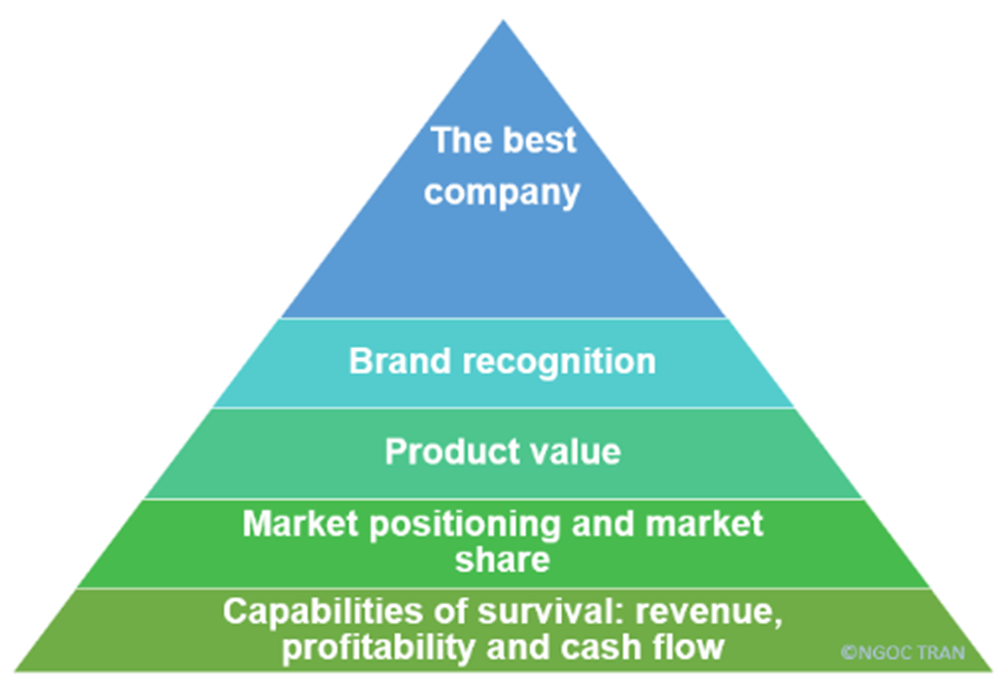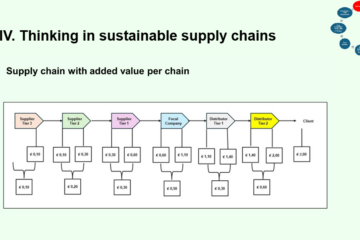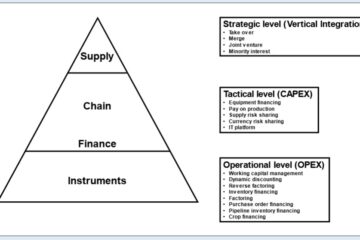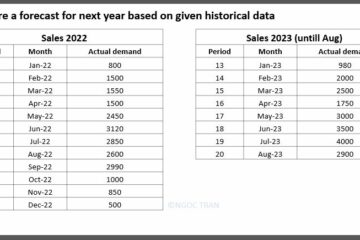Can we all do procurement?

Think about this: “Everyone loves buying””. Is that true to you? Does it feel satisfied when getting something you have been yearning for? Have you wandered a few hours around a store even though you knew exactly what you needed?
This works the same way in business. When a salesperson delivers an enthusiastic pitch on how our business will perform much more efficiently and effectively with the presence of their products well-installed in our system, we immediately draw a wonderful result in our mind, and thus being happy to purchase as a pleasure. Therefore, there is very little difference in the levels of enjoyment between whether we are spending our own money or our company’s money.
In fact, suppliers have learned by heart this fundamental truth and spent years designing their sales structure to exploit it. What did they do? They learn about your company: who are the decision makers, understanding and managing the key stakeholders, and where is your itch. It is exactly how you attract your customers, or how you are being attracted to stuffs that you don’t intend to buy in the supermarkets (chips are sometimes “automatically” in my basket). So, the most valuable lessons are to figure out who are reliable suppliers, and what is happening in your organization.
To identify the right vendors, first you need to manage all suppliers holistically – start knowing your relationships with them as much as they know about their relationships with you. The top management should be the initiatives complying with a procurement policy and ensuring that it is complied with across the whole company. Secondly, ensuring your organization marches to its own drumbeat. This is because a supplier studies about you and he probably sees issues that you cannot resolve and exploit it, for example, you (the purchaser) and your leadership don’t provide the same information when negotiating with the supplier. Thus, always provide readily available supplier-related information to the person who is meeting the supplier’s sales team. Furthermore, you can encourage procurement with preferred suppliers (reliable ones) and build up long-term relationship. Finally, apply the Maturity Curve model, the Supplier’s analysis model, and the Kraljic Portfolio to match your products/services with the right suppliers. The Maturity Curve model is used to describe which suppliers are suitable for each phase of the market. For example, if a market is mature and on its way of saturation, you want a low-cost supplier (who can help you minimize your production costs to maintain your margins). Or if a market is on its way to maturity and you are a dominant player (or possibly going to be), you want a supplier who can keep your offer fresh and appealing to the market. The other model, Supplier’s analysis model basically tells you what your suppliers think about your business based on the variance between attractiveness (how much you are attractive for your suppliers) and sales potential (how much the suppliers receive from you). These models will be discussed in future posts.
As to the Kraljic Portfolio, you can find my article about it via this link, and the other models in the next blog (so, keep in touch!).
Talking about the later lesson, do you know everything that is happening within your organization? Probably not, and that wouldn’t be a problem. Speaking in terms of procurement, there are two things you should be aware of.
- Understanding your expenditure
You probably want to know and classify how much your company spends in total within a period of time (monthly, quarterly, annually). Related necessary information is the suppliers you pay, the departments spending the money and the general ledger codes used to break down costs for budgeting and tracking purposes. Also, try to look at the suppliers with which you spend most money and remember “Large expenditure alone doesn’t mean that supplier is critical to your business and customers”. It can be, for example, logistics costs (an expenditure category) with its sub-categories such as road haulage, ocean freight, etc.
The next step is to understand the value of your spend to your company. One of the simplest yet effective ways to do so is to identify the value at a strategic and operational level. Basically, what creates most major changes and what not? Thinking about your day – working brings more values than gossiping with your friends. Think of different salaries between different positions within the firm, or different budget and effort allocation between an ERP system and a personal laptop. The model to use here, if you can already guess, is the Kraljic Portfolio.
- Know what your company needs
Knowing your needs and properly articulating them seems very simple, but it is more complicated than that. Once you master this, you won’t give away your money for things that sound fancy but add little value to your business. Business need is all about replacing wishes and wants with the requirements. Engaging multiple stakeholders in the need articulation process is the first step. A tip is to use the Maslow’s hierarchy of need in a business context (see figure 1). Another tip is to regularly review the need statement and focus on “what” and “why” rather than “how”. Secondly, regarding R&D, a clear need statement should be achieved between the research phase (brainstorm ideas) and the development phase (realize the ideas via serious investment). Otherwise, you may end up with some disastrous consequences. Lastly, involving your suppliers into your process by sharing information properly with them. In this case, it is about clearly stating your requirements and problems so that the supplier is able to add more value to your business and relationships. Open innovation is a key of supplier engagement, which has been well used by Proctor & Gamble (P&G).

Figure 1. The Maslow’s hierarchy
In conclusion, it is easy to make a purchase, but how to do it properly is a masterpiece of work. “The most gullible buyers are usually the most successful sales people!” (Booth, 2010).
Thank you very much for reading! Don’t forget to share your opinions with me and the community in the comment below!
Sources:
ccjdigital.com
Recommended reading:
Booth, C. (2010). Strategic procurement: organizing suppliers and supply chains for competitive advantage. Kogan Page
https://hbr.org/1983/09/purchasing-must-become-supply-management
SC digitalisation, procurement and inventory management
-
Supplier’s Analysis Model
Find the balance between your organization and suppliers by using Supplier’s Analysis Model.
-
How to select the right suppliers for your supply chain? (Part 2)
Selection of the right suppliers for your supply chain (Part 2): suppliers evaluation and criteria of suppliers selection.
-
How to select the right suppliers for your supply chain? (Part 1)
Selecting the right suppliers for your supply chain using Market maturity curve model.
-
Can we all do procurement?
Procurement process, the Maturity Curve model, the Supplier’s analysis model, and the Kraljic Portfolio.
-
Supply chain digitalisation via an IT platform
Supply chain digitalisation via an IT platform which connects different companies’ ERP systems while improving the focal company’s supply chain performance.



0 Comments